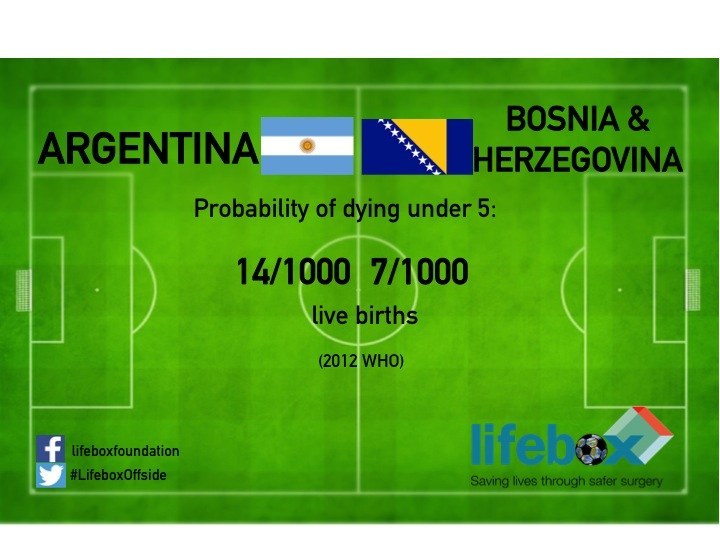1. If Brazil's mortality rate for children under 5 applied to all of the 2010 World Cup viewers, 45 million spectators would be dead.
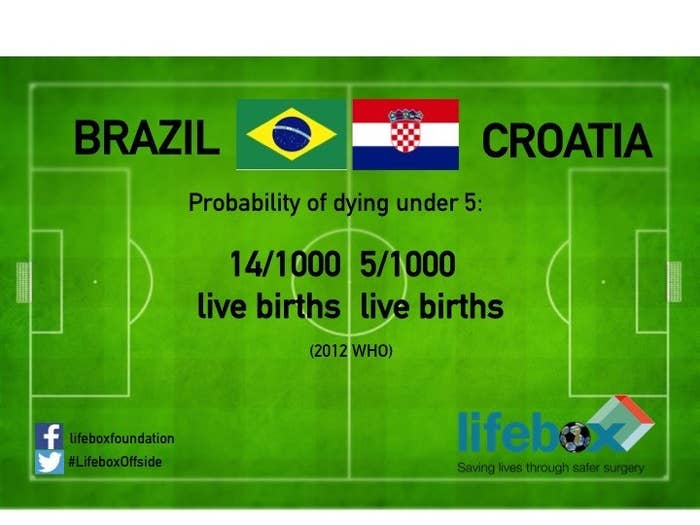
2. Team Cameroon has one head coach for 23 players. That's a ratio of 44 coaches per 1000 footballers, considerably higher than the 0.08 physicians per 1000 Cameroonians.

3. Each day about 29,000 children under the age of 5 die. That's approximately 336 every 16 minutes, the average time between goals in the match between the Netherlands and Spain.
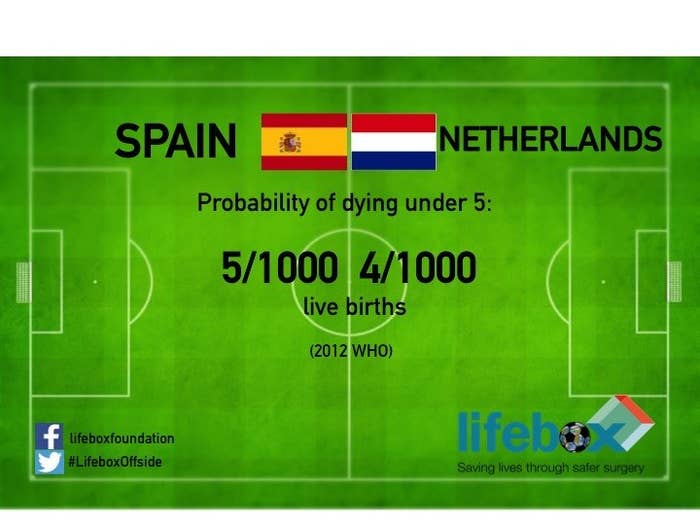
4. Brazil spent $55 per person on the World Cup, roughly 11% of what they spend per person on healthcare.
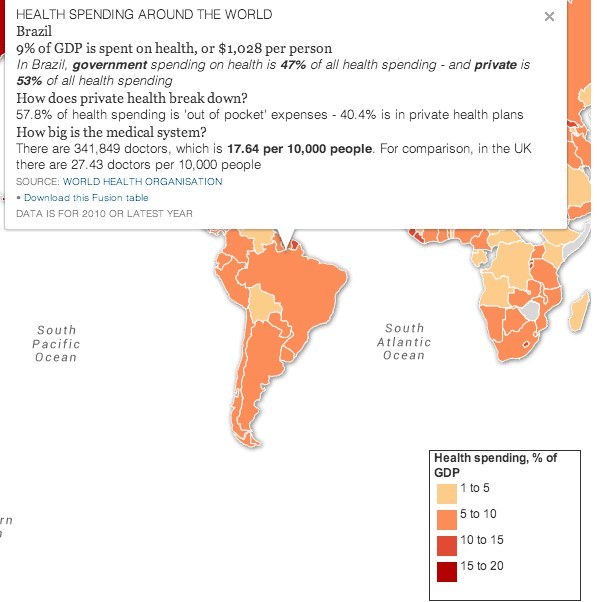
5. Didier Drogba, Côte d'Ivoire's famous forward, runs between 11 and 15 km a game. In his home country, Hien Eugénie has to walk 12 km from her village to bring her 6-month-old daughter to the nearest medical centre.
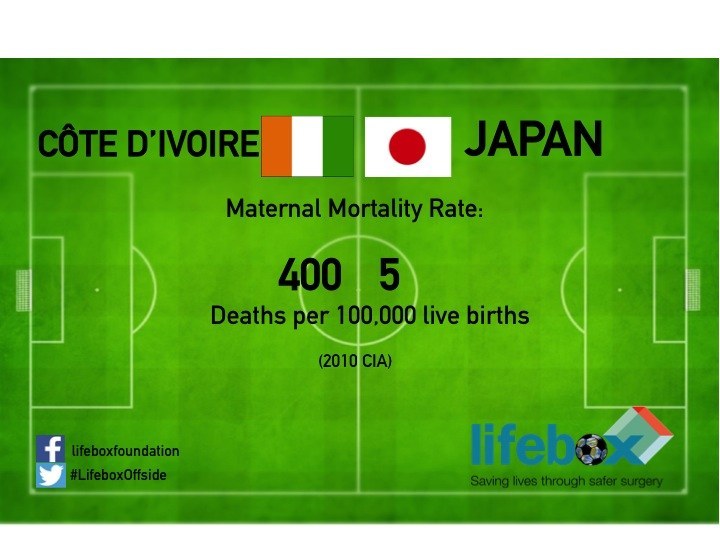
7. The U.S. came first in their opening match against Ghana, but last against 10 other countries in a study about quality and efficiency of healthcare systems, even after spending more than any other nation in the world on its healthcare system.

8. In 2009 Christiano Ronaldo was sold to Real Madrid for $131.5 million - enough to cover the government healthcare spending for 110,200 people in his native Portugal (1% of the population).
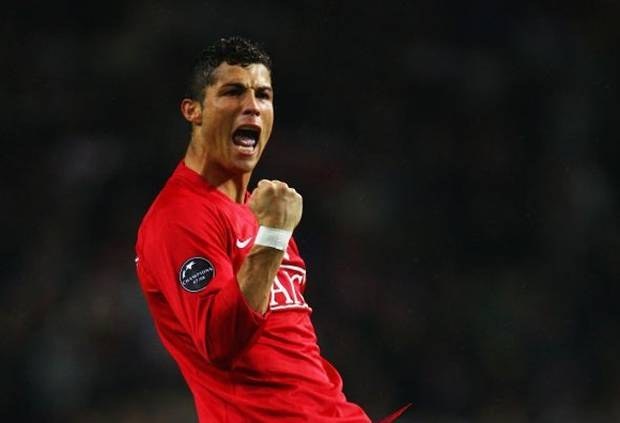
9. A 2014 FIFA World Cup Official Match Ball is used to play football by 22 people and costs $159.99 (plus shipping). The Lifebox pulse oximeter is used to make surgery safer for thousands of patients in low-resource countries and costs $250 (with shipping).
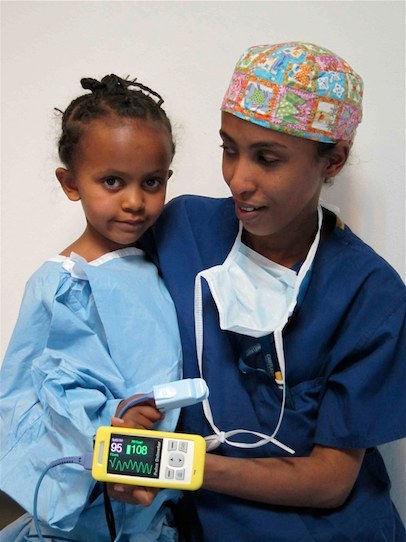
10. The winner of the World Cup is awarded $35 million. That's enough to buy 218,750 official footballs (shipping not included), or put a pulse oximeter and training in every operating room worldwide in need, safeguarding millions of lives.
View this video on YouTube
$35 million buys 140,000 life saving pulse oximeters.

